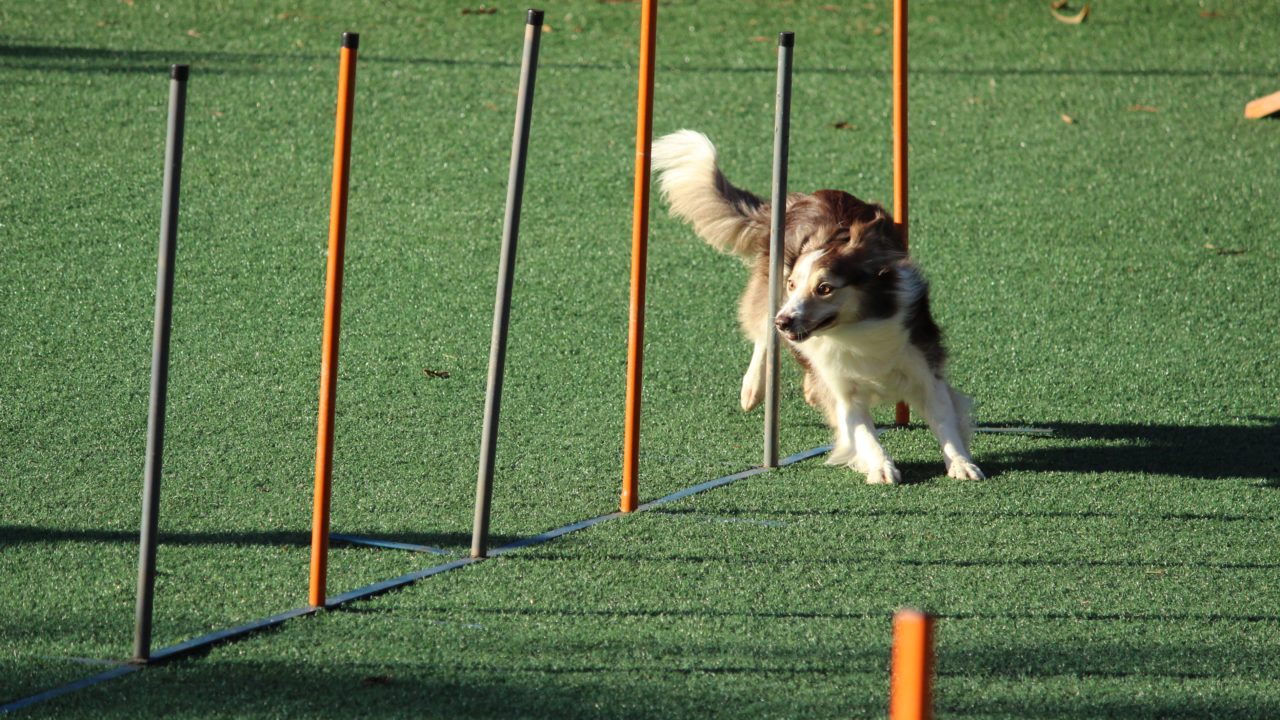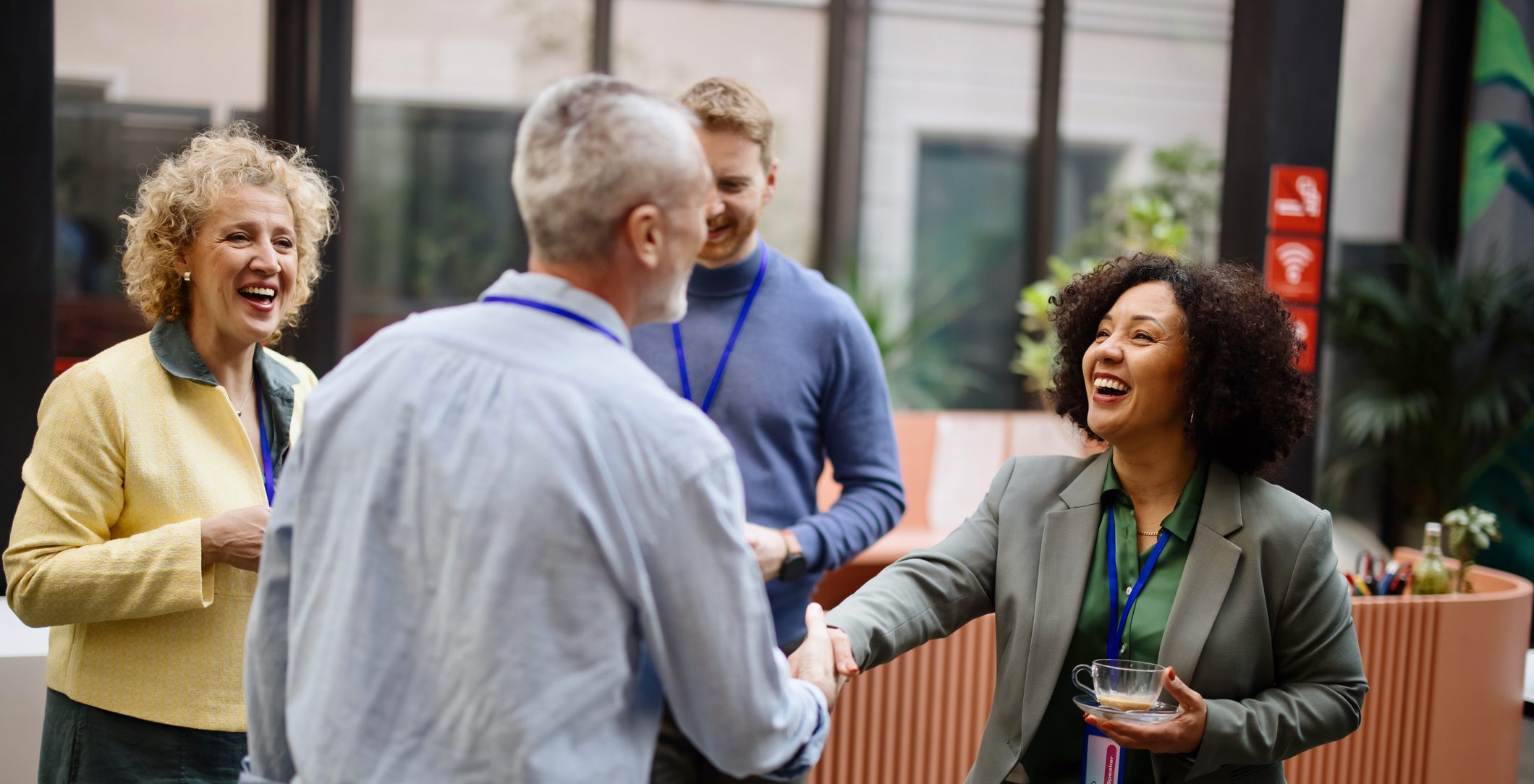Can you Teach an Old Registrar ‘Dog’ New Tricks?
Mike Shore-Nye shares his experience of design thinking approaches to service development and problem solving within Professional Services at the University of Exeter.


At the conclusion of a rather triumphant report I made to our Council, where I detailed a recent successful savings exercise requiring my Professional Services Leadership Team to plan and deliver savings of £7.5 million, a Council member made an unexpected and robust challenge.
How was I, as their leader supporting the team to think creatively about savings and avoiding simply salami slicing or reducing services to students and staff? After having calmed down from being challenged when I expected rapturous congratulations and reflected more fully, I realised that she was absolutely right and that after nearly four years of continuous reorganisation and savings I and my team were running out of levers to pull and initiatives to run…
Fast forward to September where after a lot of planning and re-prioritisation we arranged for the entire Professional Services Leadership Team to take a valuable day and a half out of their hectic schedules to immerse themselves in an intensive innovation and creativity workshop. The goal of the workshop was to challenge all of our ways of working and to encourage each of us to think more creatively about problem solving and teamwork. I am sure I am not alone in falling into the trap of getting carried away with huge daily workloads and not allowing ourselves any time to stop and think of new ideas or fresh perspectives and we all felt that unless we created the time and space to think we simply couldn’t stop this unhelpful behaviour.
The aim of the workshop, which was designed and led by the inspirational Gabriella Goddard from Brainsparker, was to address how we can use creativity and design thinking with its focus on starting from a position of generating empathy for the problems felt by service users to get to the heart of their issues and by doing this deliver better and more efficient outcomes. Simply put, how could we deliver better for our service users and in doing so deliver efficiencies, rather than always starting with the institutional problem we are trying to fix and then retro-fitting solutions or simply re-using the management tools we already have.
To help make the challenge feel real and to create both urgency and assurance that the outputs from the training would have a real world impact, I set the team the challenge of finding ways to use digital solutions to enhance our students experience in a way that would deliver a transformational change that could really make us stand out in the sector.
Our recent challenging NSS performance has shown us that we need to above all change our institutional mindset to ensure we created a sense of belonging for each student and for them still being treated as an individual despite the scale and continued growth of our organisation and create a sense of belonging for all our students.
A good example of this concept which encapsulates this ethos entirely was one of our teams coming up with the commitment for the University “Never coming out of term time operations ” to reflect the lived experience of many of our international Postgraduate Taught students who do not go home during their year or so with us.
Gabriella took us through how we can trigger creativity using time to think, group work based around open questions and the use of ‘brain sparkers’ which are concepts designed to provide an alternative perspective such as ‘imagine the ideal’ where resources are not an issue or ‘consider the opposite’ where you think about what you would do to really make a situation worse to highlight its converse. Each group then looked to reframe the problem they had identified and challenged their assumptions about what innovative idea could really make a difference.
The group were then talked through the five stages of “Design Thinking” (original process developed by Hasso Plattner Institute of Design at Stanford) to develop an idea to solve a student experience problem and create a set of solutions as follows:
- Empathise: To start the process, you need to put the person at the centre of your creative development. What are their needs? What do they want? What is meaningful for them? How do they feel?
- Define: Now you can take what you’ve learnt about your user and about their current experience, and create a meaningful problem statement or “point of view”.
- Ideate: Next step is to take the widest view of the problem and come up with as many ideas and possible concepts as you can, both individually and collaboratively.
- Prototype: This is where the magic happens! You take your two or three best ideas and make some rough samples or mock-ups. These can be physical products, flowcharts, storyboards and roleplays. (I very much enjoyed working with Plasticine for the first time in 45 years!)
- Test: Once you have the prototype, you can then test it with your audience observing how they use it, what they think, how they feel, what works and what doesn’t.
I was hugely impressed with the enthusiasm of each team of directors working through this process to produce inspiring ideas that could really make a difference.
We are now going to take this one stage further and host a ‘Dragons Den’ style event before Christmas where 30-40 volunteer students will be invited to listen to each team pitch their idea and then vote for their favourite. Again this supports the students’ sense of belonging and co-creating an idea which will they will then see become a reality when it’s launched for the start of the 2020/21 academic year after a rapid Agile project sprint. I’ll let you know how we get on!
So yes I do think you can teach an old Registrar ‘dog’ new tricks and while the digital capability to deliver ideas quickly and efficiently is relatively new to our sector, the desire to support our teams solve problems and enhance the services and experience they provide to staff and students is not.

2 Comments
Rachel Sandby-Thomas
Paula Sanderson